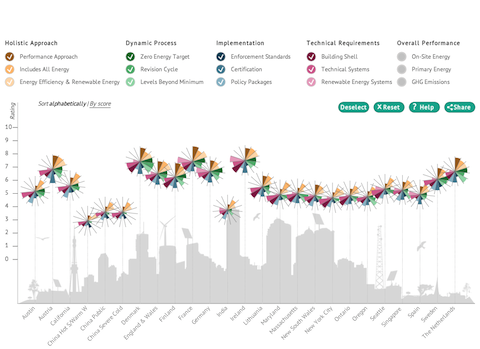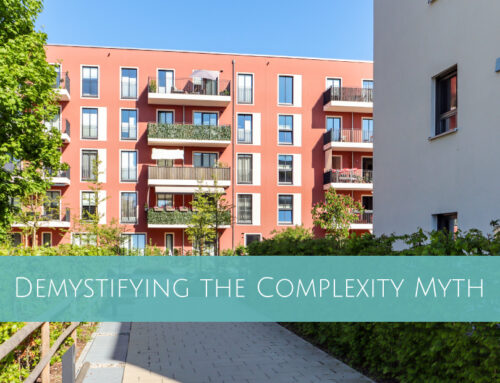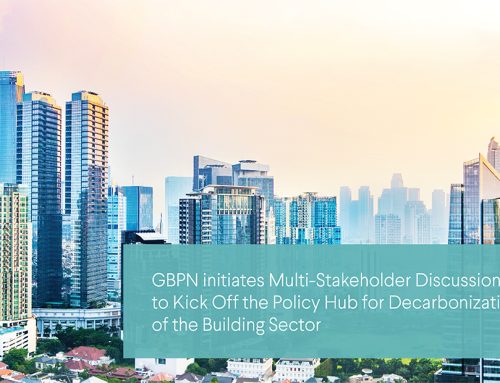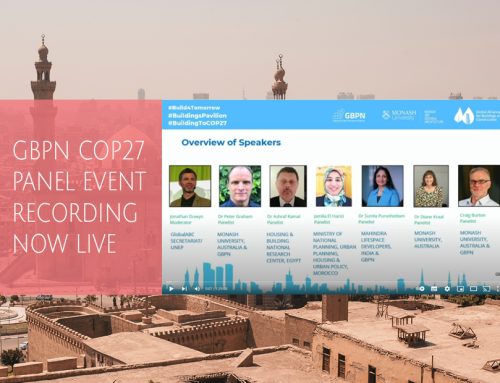Lessons learned from our building energy efficiency “Policy Comparative Tool”
One of the main projects that I have been involved in over the past few months has been the development of the building energy efficiency “Policy Comparative Tool” for new buildings. This ambitious project supports the GBPN’s mission to move the building stock towards zero energy in less than 10 years from now, by providing those involved in policy development with a set of criteria for identifying best practice elements of building energy efficiency codes and supporting packages for new buildings and conducting multi elemental comparisons across building codes.

With different regions, climate zones and units of measurement to be taken into consideration, the development of criteria for the assessment and comparison of “best practice” building energy efficiency policies from across the GBPN regions (including a number of other codes from outside our regions) was a challenging task and some questioned the feasibility of such a project. However, seven months and many iterations later, we are delighted to finally see the results of our hard work (which has been supported by sixty-four international building energy efficiency policy experts who reviewed the criteria and tool developed) displayed on our Knowledge Platform!!
The tool has highlighted a number of interesting findings including the fact that there is no one “perfect” code and much work must be done in order to ensure a zero energy building stock in less than 10 years. The tool clearly shows that all codes have a lot of work to do when it comes to the enforcement of the codes. No matter how great the code, it is not worth the paper it is written on unless it is properly enforced. This is an area that the GBPN will research further in 2013. Another key finding has been the need to develop overall performance values for most codes in order to accurately compare the actual level of energy efficiency achieved by the codes. At present true performance based codes or performance track compliance options have been adopted by relatively few jurisdictions. This is one of the main discussion points on our Positive Energy Laboratory at present and we welcome you to engage in the discussion.
This interactive “Policy Comparative Tool” represents an excellent opportunity for those involved in the development of building energy efficiency policies and supporting programmes to learn from other good examples in other codes in order to renew existing policies to develop ambitious and dynamic codes.
To compare elements of best practice energy efficiency policies of interest to you please feel free to explore the tool and to provide us with any feedback you may have. We intend for this tool to be as inclusive as possible and all of the data used to generate the tool is available on the GBPN website and is completely open sourced.
We hope that you enjoy using the tool!
Niamh McDonald, GBPN Building Policy Analyst
Related News
- [Tool] Why launch a Knowledge Platform?
- [Report] The GBPN Compares Building Energy Efficiency Policies for New Buildings
- 为何发起知识平台?
- [Event] The GBPN at ECEEE Summer Study, Meet us There!
Related Report Bundles
Related Laboratory Projects
Share This Story, Choose Your Platform!
Stay in touch with how we’re transforming the buildings sector
GBPN runs innovative building policy reform programs in key regions around the world that aim to tackle the climate emergency by decarbonising the buildings sector. Stay up to date with our newsletter.
Stay in touch with how we’re transforming the buildings sector
GBPN runs innovative building policy reform programs in key regions around the world that aim to tackle the climate emergency by decarbonising the buildings sector. Stay up to date with our newsletter.






